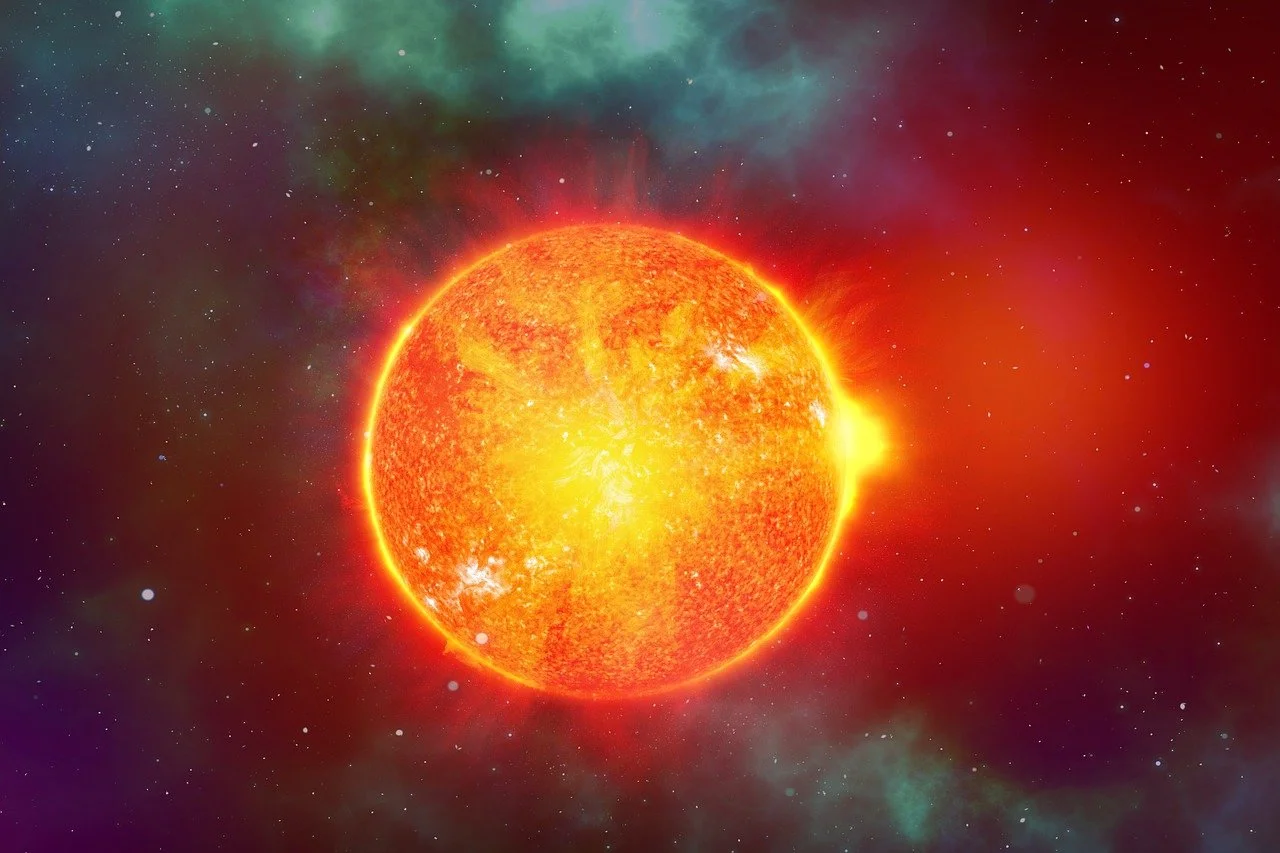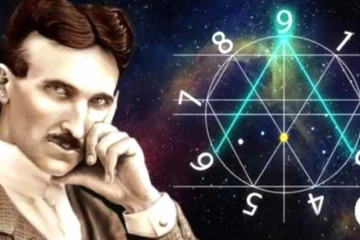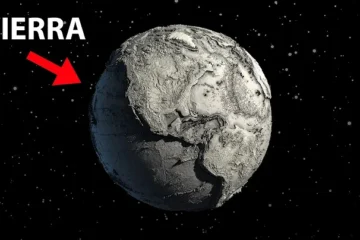What is the Age of the Sun?

Welcome to our article on a fascinating topic: the age of the sun. In this text, we will explore current scientific knowledge to determine how many years our closest star has been shining. The age of the sun has intrigued scientists, astronomers, and the curious for centuries. Join us on this journey through cosmic time as we unveil the secrets of our star.
The Sun, Our Central Star
The sun is the celestial body that resides at the center of our solar system. It is a colossal sphere of plasma that emits light and heat, allowing life to thrive on Earth. Since time immemorial, humans have venerated and studied the sun. From ancient cultures to modern research, we have all sought to uncover how old our solar ruler is.
Early Attempts to Determine the Age of the Sun
Throughout history, many civilizations attempted to calculate the age of the sun. The Egyptians, Babylonians, and Greeks left astronomical records that revealed their interest in understanding the sun’s cycles and seasons. However, their estimations were based on myths and beliefs rather than scientific observations and measurements.
It wasn’t until the modern era that scientists began to use more rigorous methods to address this question. In the 18th century, geologist James Hutton suggested that the sun was millions of years old, based on the idea that the Earth had undergone long geological processes. However, at that time, the concept of an ancient Earth faced opposition as it contradicted a literal interpretation of the Bible.
The Theory of Stellar Evolution
It was in the mid-19th century that the theory of stellar evolution began to take shape. Thanks to the work of scientists such as Lord Kelvin, who proposed that the sun formed by gravitational contraction of a gas cloud, and Charles Darwin, who presented the theory of biological evolution, science came closer to a more comprehensive view of the age of the sun.
Nuclear Fusion and the Sun’s Energy
One of the most significant discoveries related to the age of the sun was the process of nuclear fusion. In the first half of the 20th century, scientists understood that the sun generates energy through nuclear fusion in its core. This process involves converting hydrogen atoms into helium, releasing enormous amounts of energy in the form of light and heat.
Quantifying this energy and understanding the amount of hydrogen available in the sun led scientists to calculate how long our star could have been shining. Despite these advances, there were still mysteries to unravel.
The Race to Measure the Age of the Sun
In the following decades, scientists embarked on a race to calculate the age of the sun with the utmost precision. Using theoretical models and emerging technologies, they began to measure the chemical composition of the sun and search for radioactive elements in meteorites, which were considered remnants of the early solar system’s formation.
Astronomers also measured the sun’s cooling rate and studied similar stars in other parts of the universe to compare their life stages. With each new research, estimates of the sun’s age were refined.

The Current Age of the Sun
Based on the most recent data, the current age of the sun is estimated to be approximately 4.6 billion years. This figure has been achieved through a wide variety of interdisciplinary studies and research. Most experts agree that our sun has passed roughly half of its life on the main sequence, the phase during which it spends the majority of its existence.
Frequently Asked Questions

How is the age of the sun calculated?
The age of the sun is calculated using various methods. Some of them involve studying meteorites and samples from the early solar system, while others rely on observations of similar stars and measuring the energy the sun emits. These data are combined with theoretical models to obtain a precise estimation.
How much longer will the sun shine?
It is believed that the sun will continue to shine for another approximately 5 billion years. At that point, it will deplete its hydrogen supply in the core and begin to fuse helium. This stage, known as the red giant phase, will be the prelude to its final transformation into a white dwarf.
What implications does the age of the sun have for life on Earth?
The age of the sun is fundamental to our understanding of the evolution of life on Earth. With an age of 4.6 billion years, the sun has been a key factor in the development and maintenance of life on our planet. Its future evolution will also impact the destiny of any life that may arise here in the distant future.
Conclusion
In conclusion, the age of the sun has been a mystery that has challenged humanity for centuries. From estimations based on myths to modern scientific calculations, we have come to understand that our sun is approximately 4.6 billion years old. Through stellar evolution and nuclear fusion, it has been the beacon that has allowed life to thrive on Earth and will continue to do so for billions of more years.
We hope this article has shed light on the fascinating history and science behind the age of the sun. Curiosity and the pursuit of knowledge have brought us to this point, and we will continue to explore and unveil the mysteries of the cosmos in the future.
So, the next time you look up at the sky and feel the warm embrace of sunlight, remember that you are connected to a star that has been shining for millennia and will continue to shine for millennia to come. The sun, with all its majesty and antiquity, remains a reminder of our humble yet significant existence in the vast universe.
Reference: NASA



0 comentarios